
Category:
Time:
Concentrating raw milk at the dairy farms is a potential strategy to reduce energy consumption and CO2 emission by decreasing the volume of milk to be transported between farm and dairy. It is, however, of great importance that the milk retains its quality for further processing.
This study aims to understand how different processing factors associated with spiral wound ultrafiltration (UF) and reverse osmosis (RO) will affect the retentate quality, and whether concentrating milk at the farm will further influence processing at the dairy. The results demonstrate that it is possible to concentrate raw milk by membrane filtration, without causing severe damage to the fat globules and proteins. Especially, filtration at low temperature (4°C) results in a significantly lower lipolysis and proteolysis compared to filtration at 10°C. Moreover, total bacterial count is not increasing more than the concentration factor. Despite the fact that RO operates with much higher feed pressures compared to UF, the effect on lipolysis is small, which makes RO technology the most applicable, since lactose is withheld in the retentate.
Whole milk powder production and storage stability were not influenced by pre-concentrating milk at the farm compared to powder made from regular raw milk. The results showed that concentration of the oxidation products, hexanal, heptanal and nonanal increased during storage of both retentate powder and powder from non-concentrated milk, but not to a higher extent than in commercial powder that had undergone similar storage. The retentate exhibits good rennet coagulation properties, but displays changed behavior towards first and second phase of the coagulation process. The exact explanation behind this observation is currently being studied.
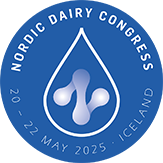






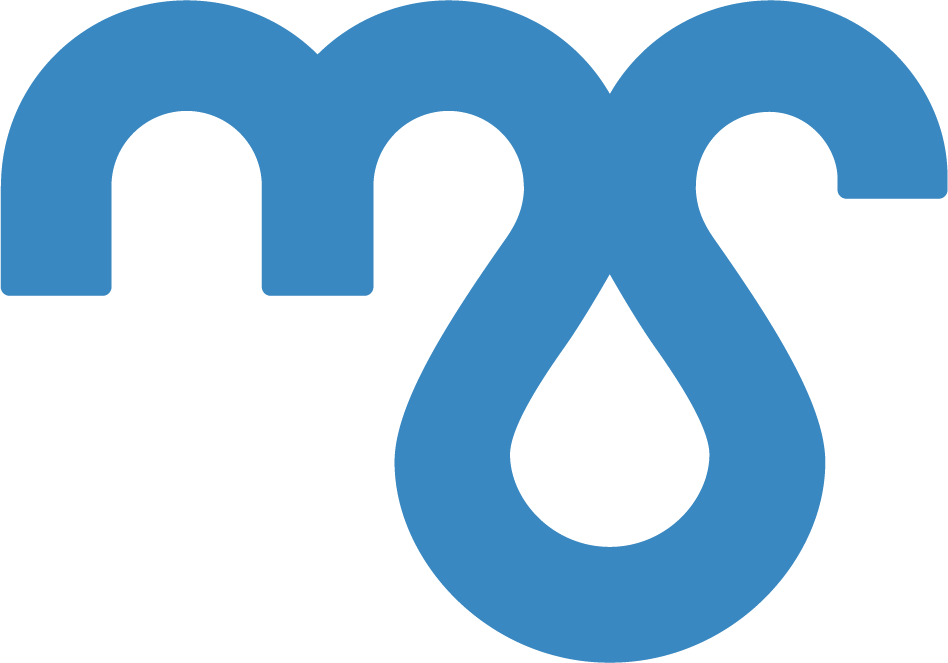






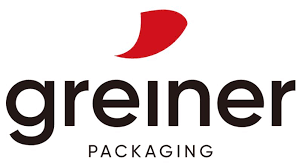
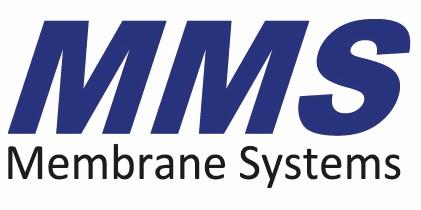


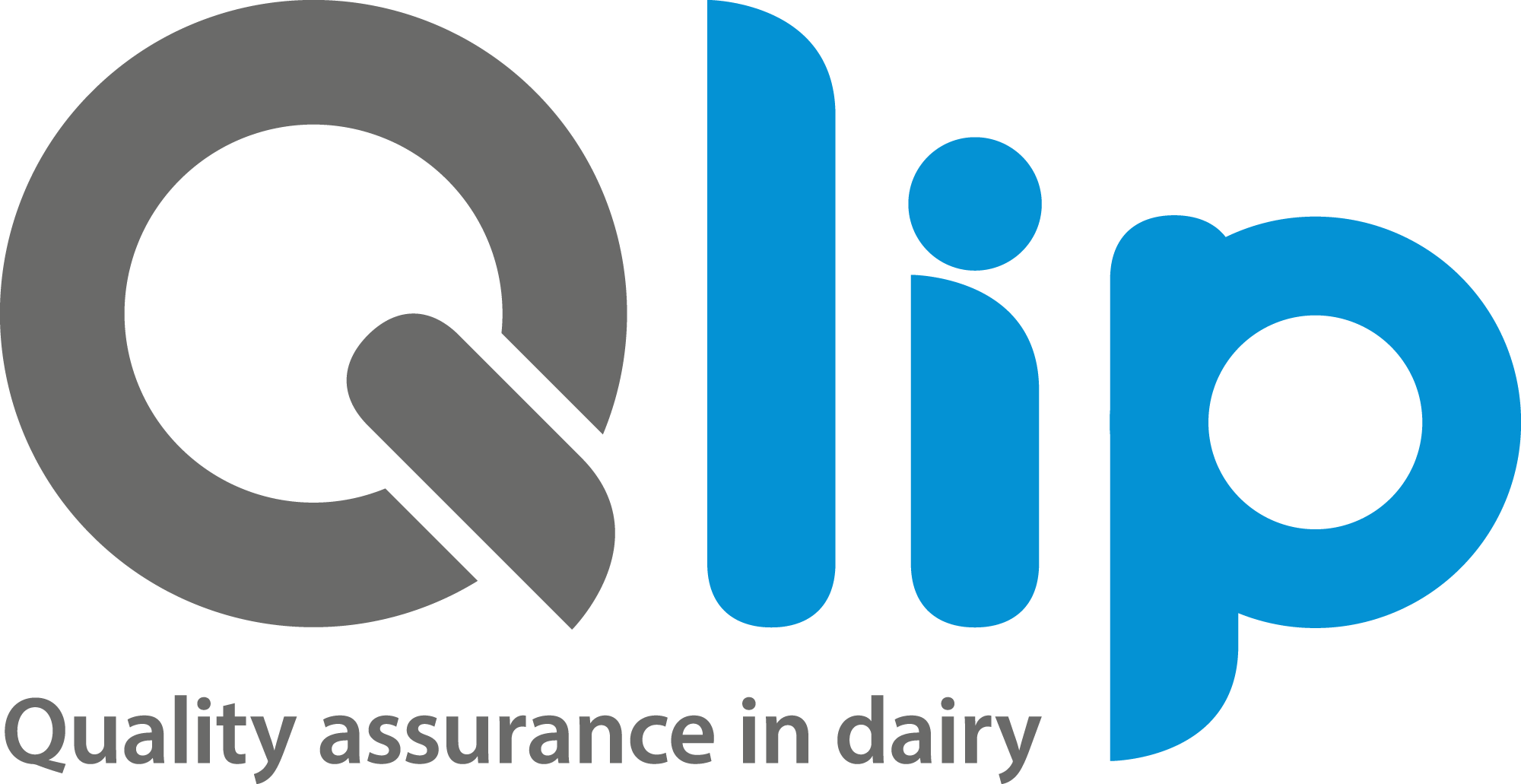
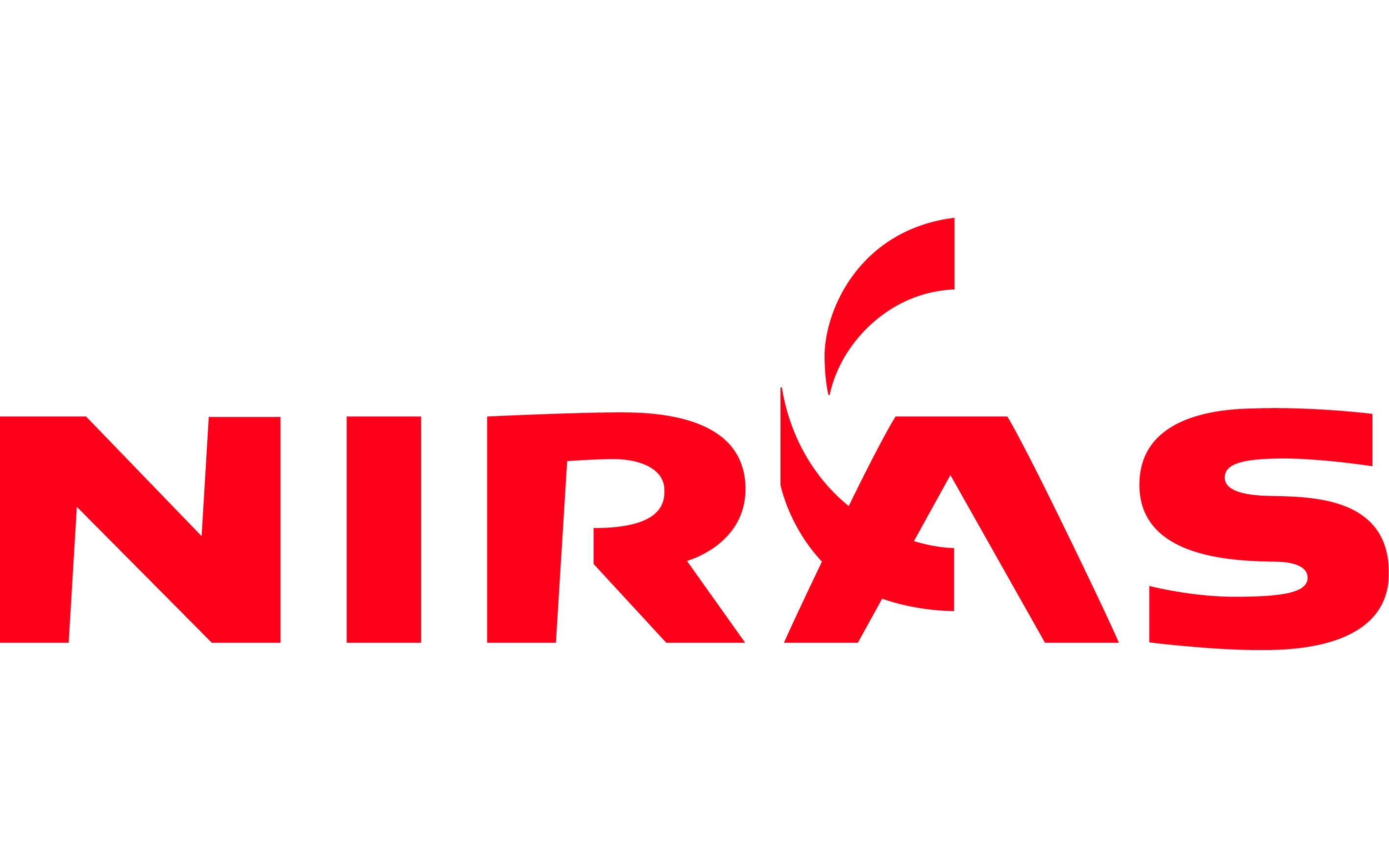









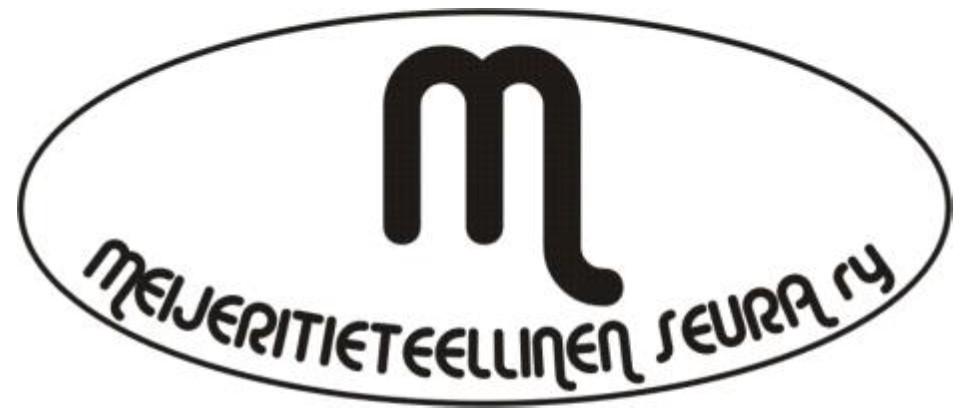
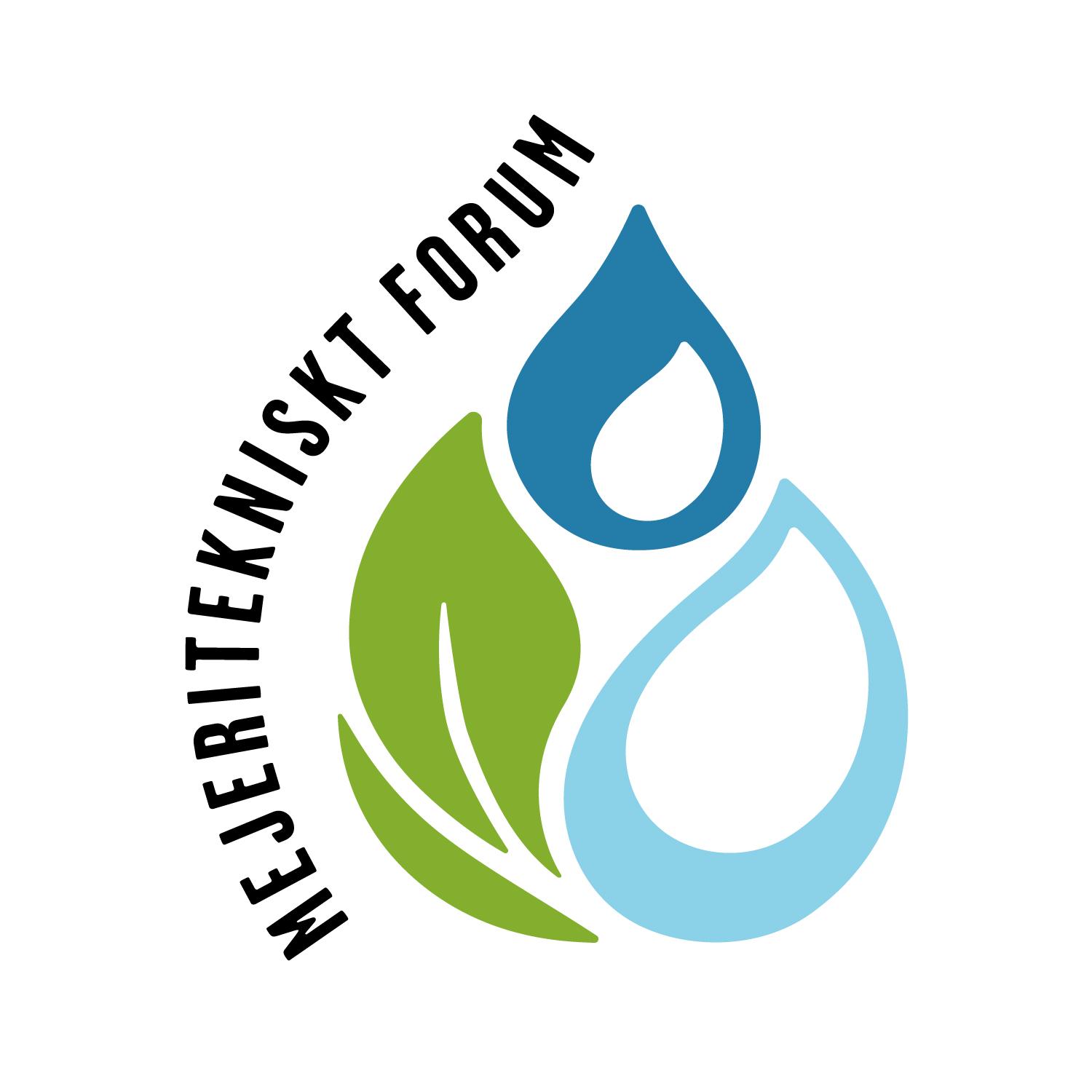

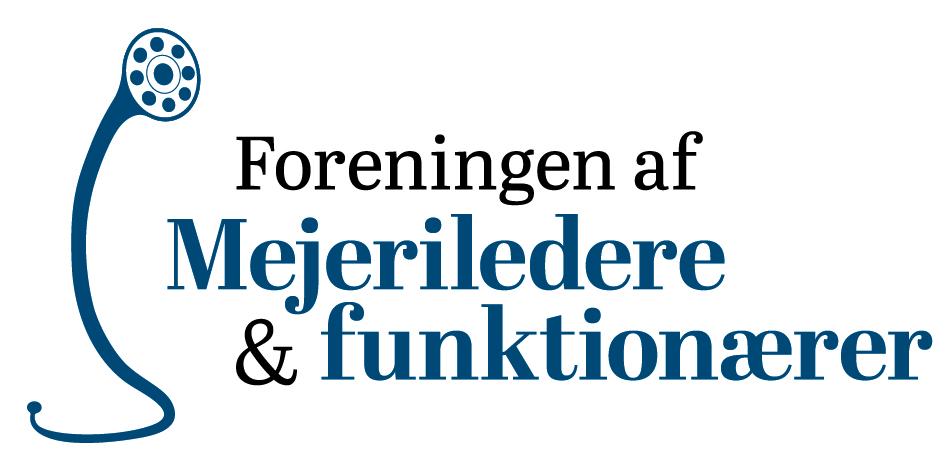



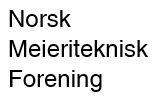
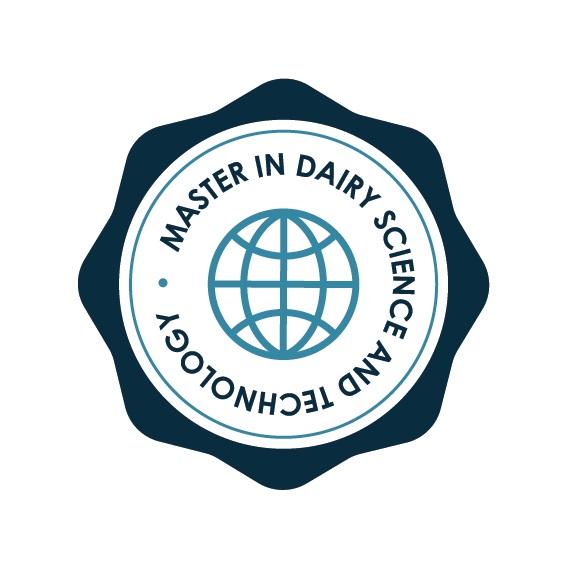


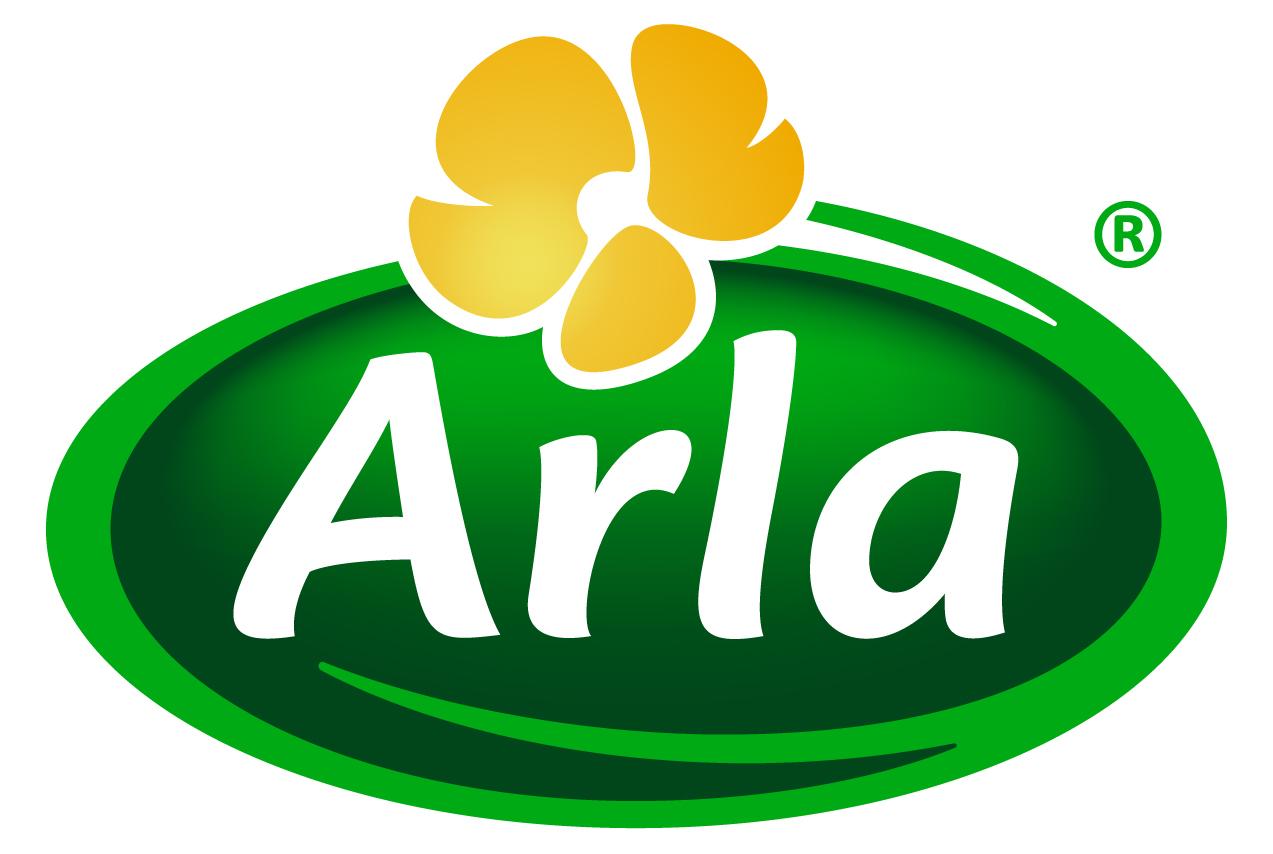

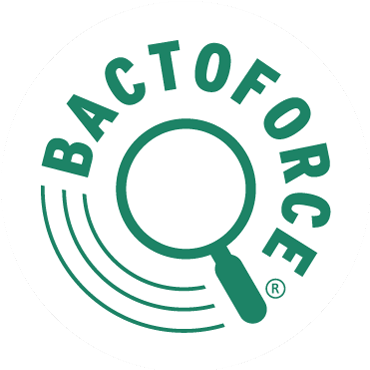

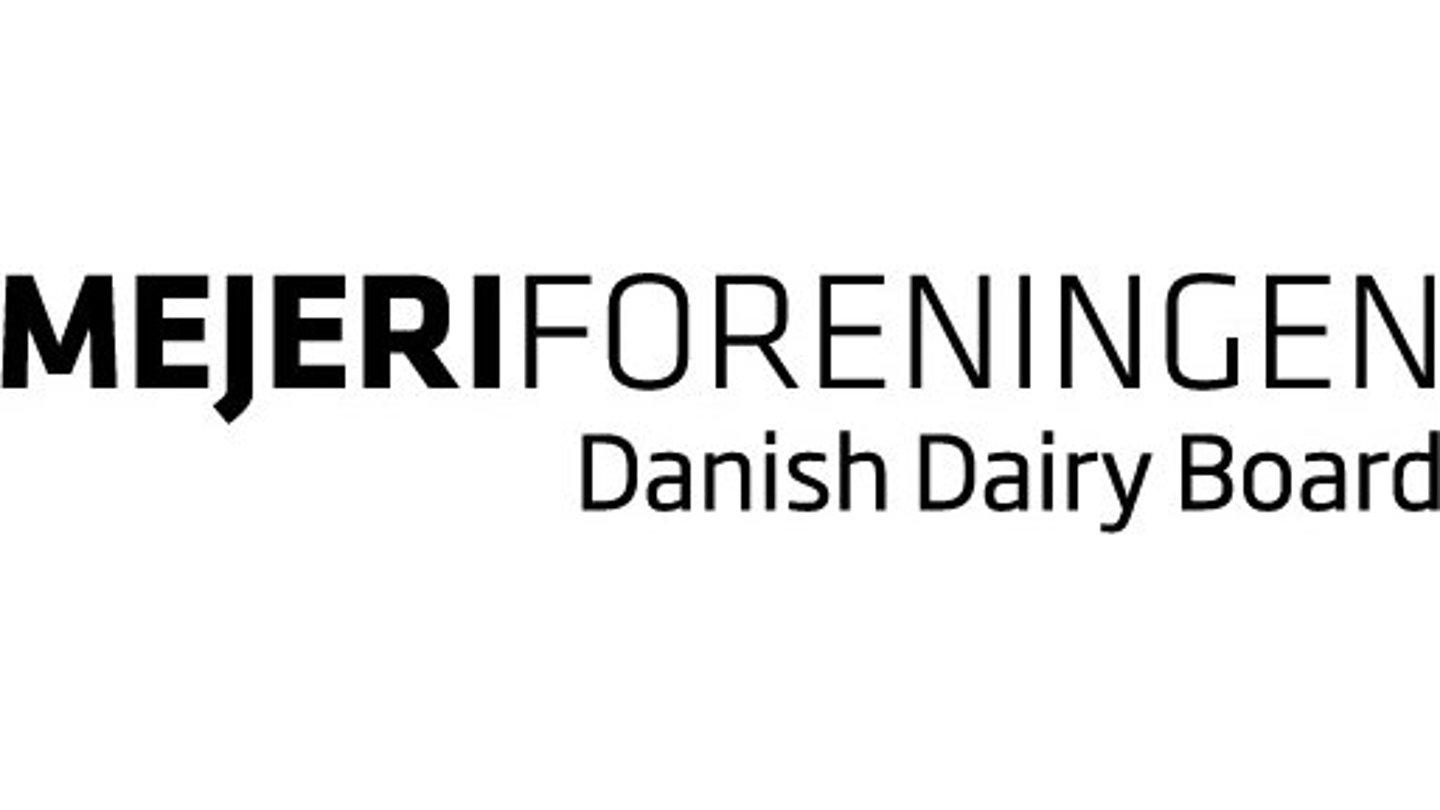
 Munkehatten 28
Munkehatten 28